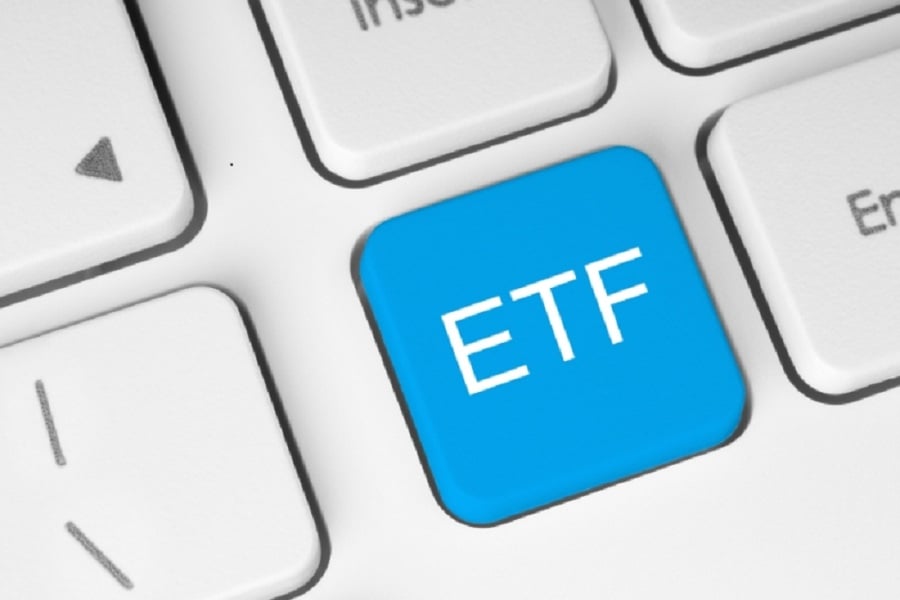A group of high-frequency trading firms advised U.S. regulators on how to prevent a repeat of the wild Aug. 24 trading session that roiled hundreds of securities, leaving exchange-traded funds' prices out of sync with the values of their assets.
In a Sept. 24 letter to the Securities and Exchange Commission, the industry group Modern Markets Initiative proposed three main solutions to prevent problems with prices of ETFs: clarifying rules for canceling trades, loosening short-selling restrictions so arbitragers can better hedge, and protecting small investors by preventing their ETF orders from executing when the price of those securities becomes detached from their underlying stocks.
(More: ETFs in spotlight as exchanges, regulators seek fix after August volatility)
“We are writing to suggest measures to protect investors and help professional intermediaries maintain orderly markets in times of severe market volatility,” according to the letter from Bill Harts, chief executive of the Modern Markets Initiative, whose backers are Global Trading Systems, Hudson River Trading, Quantlab Financial and Tower Research Capital. “Our role in the markets gave us unique insight into the problems that investors encountered when buying and selling ETFs that day, as well as ideas for practical solutions.”
Their suggestions could carry weight because high-frequency traders play a central role in trading ETFs. Critics of HFT firms, meanwhile, say they worry that they can't be counted on to provide liquidity on tumultuous days in the markets like Aug. 24, exacerbating losses. Chaotic trading of hundreds of ETFs were a key problem that day, when the S&P 500 plunged as much as 5.3% in the opening minutes of trading.
ETFs derive their value from the prices of underlying stocks. That relationship briefly broke down on Aug. 24 because many stocks took a while to start trading once the New York Stock Exchange opened at 9:30 a.m. By 9:35 a.m., only about half of the stocks in the S&P 500 were open on NYSE, according to a report this week from JPMorgan Chase & Co.
“Because of this, it was not possible to calculate the value of indices/ETF net asset value, or hedge or trade ETFs and stocks at a 'correct' price,” Marko Kolanovic, JPMorgan's global head of derivative and quantitative strategies, wrote in the report. At 9:36 a.m. that day, the iShares Core S&P 500 ETF was about 20% below its fair value while the Guggenheim S&P Equal Weight ETF was about 30% below, he said.
(More: Advisers scramble to head off sticker shock from clients over ugly August account statements)
Mr. Kolanovic argued HFT firms played a role in this. They “tend to dial down or completely step away during periods of high volatility or large market dislocations,” he said.
SEC officials were reviewing whether they should revise certain safeguards put in place after the May 2010 flash crash, due to concerns that those protections contributed to problems on Aug. 24 for ETFs, a person familiar with the agency's discussions said last month.
With so many stocks not trading at the NYSE, it was difficult to price many ETFs. In his letter, Mr. Harts said HFT firms became concerned that ETF trades would be canceled given that they were trading so far from their last available net asset value, or NAV — the industry term for the theoretical correct price for an ETF based upon the prices of its underlying stocks.
“This uncertainty may have caused them to pause their trading in order to maintain responsible risk profiles,” Mr. Harts said as he argued for clarification on the criteria for canceling trades. “In particular, exchanges should clearly state that they will not break ETF trades solely because of wide spreads from NAV.”
Mr. Harts said the SEC could spur more liquidity by easing curbs on ETF short selling, though only for “bona fide arbitrage activity.” One provision of the SEC's Regulation SHO kicks in when a stock falls a large amount. Once it's been triggered, a short sale, or bet that a stock or ETF will fall, can only be initiated at a price above the current national best bid.
“We believe that when an investor is long an ETF, exempting an equivalent amount of that ETF's constituents (or derivatives representing an equivalent amount of constituents) from the Regulation SHO short sale price test restriction would promote more accurate market pricing of these instruments, and more importantly, provide a more liquid market for investors who want to sell their ETFs,” Mr. Harts wrote.
Finally, the Modern Markets Initiative letter proposed protecting retail investors during times when ETFs diverge from their underlying stocks. If, for example, the ETF's price is 5% or more away from the NAV, small investors' orders wouldn't be executed.







